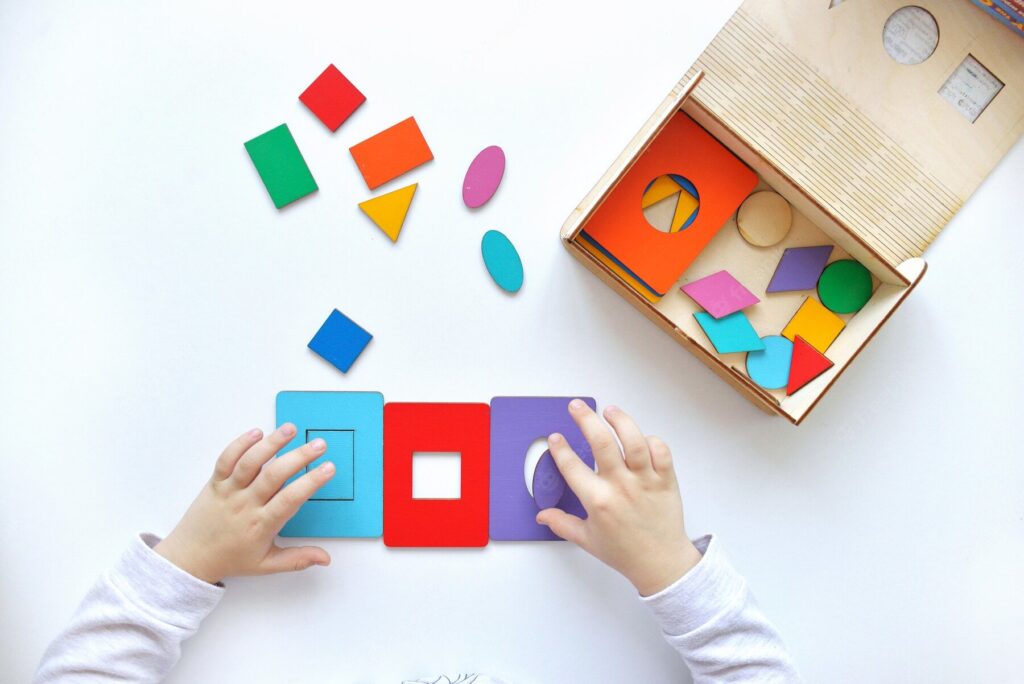
Montessori learning stands out as a superior educational approach, surpassing traditional learning methods in several crucial aspects. Unlike the rigid structure of traditional classrooms, Montessori fosters a child-centric environment that allows for personalized, self-directed learning. In Montessori settings, children are empowered to explore their interests and learn at their own pace, unlocking their innate curiosity and passion for knowledge.
The Montessori approach emphasizes hands-on, experiential learning, enabling children to engage with concrete materials that develop their understanding of abstract concepts. This active learning process ensures a deeper understanding and retention of knowledge compared to passive listening in traditional settings.
Moreover, Montessori classrooms promote the development of essential life skills, including problem-solving, critical thinking, and self-discipline. These skills go beyond memorization and standardized testing, preparing children to adapt and thrive in an ever-changing world.
Furthermore, the multi-age classrooms in Montessori settings encourage peer-to-peer learning, fostering collaboration, empathy, and a strong sense of community. Younger children learn from their older peers, while older students reinforce their knowledge by teaching and guiding their younger counterparts.
In Montessori learning, the role of the teacher transforms into that of a facilitator and mentor, providing individualized support and guidance to each child’s unique learning journey. This personalized attention nurtures a love for learning and builds a strong foundation for future academic and personal success.
In conclusion, Montessori learning excels over traditional methods by cultivating independent, creative, and well-rounded individuals. Its focus on personalized learning, hands-on experiences, and life skills development empowers children to become confident, curious, and lifelong learners. By embracing Montessori education, we are investing in a brighter and more innovative future for our children.
Leave a Reply